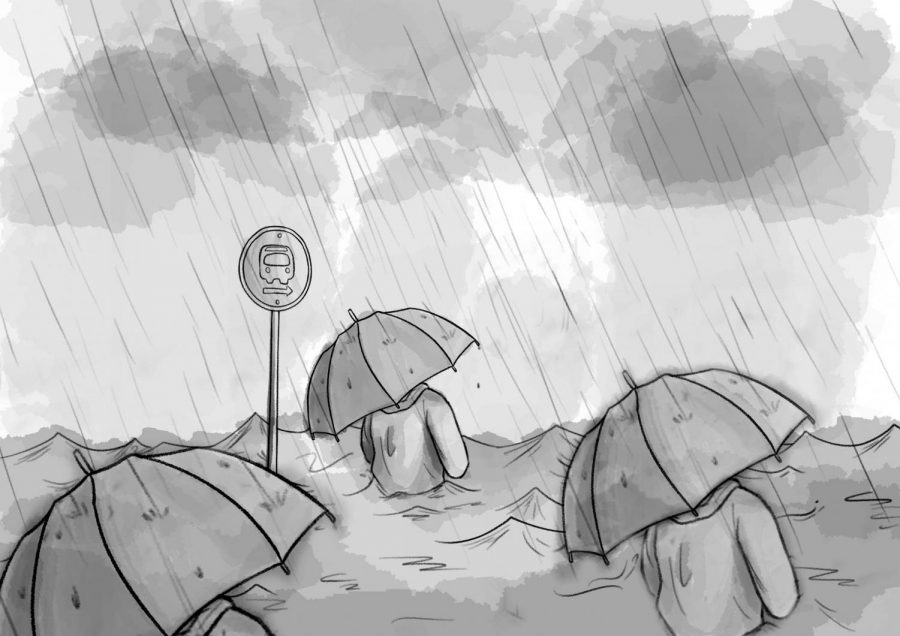Editorial: Teens need to start socializing cautiously
High schoolers must find balance between mental health, COVID-19 safety
Robin Tsai & Nik Chupkin | The Roundtable
Government officials should allow teen socialization. Social isolation has deteriorated the mental health of many teens since lockdown began.
September 24, 2020
The current strict social isolation that San Francisco mandates of closing schools and restricting group gatherings could pose significant risks to teenagers’ mental health, some of which could be dangerous.
Students must continue to socialize while staying conscious of their physical health and that of those around them.
“High school students transmit similar to adults, so we are being more cautious as we approach their reopening,” Mayor London Breed said about the city’s decision to reopen high schools at a later date, no earlier than November.
The city also shut down nearly every public park, closed all athletic fields and even took down the rims of basketball hoops, thereby city officials like Breed by directly and indirectly preventing teenage social interaction are opening the door for mental health problems.
There is a strong correlation between perceived social isolation and depression, according to a study conducted by The Royal Society.
“Suicide is the second leading cause of death among children and adolescents ages 10-24” in the US, according to Boston Children’s Hospital. Ninety percent of adolescents who commit suicide have a mental illness, of which depression is the most prevalent.
Twenty-four percent of people surveyed said they exhibited signs of depressive disorder in May 2020, almost three months into shelter in place, as opposed to 6.4% in Jan–June 2019, according to Statista.
It is a no-brainer for government officials to encourage, or at least consider, the possibility of allowing some form of teenage socialization, given that COVID-19 has not affected that age group as much as other subsets of the population.
Sixty-eight out of a total 189,000 people aged 5–18 have died from COVID-19. This subset of the U.S. population is responsible for 0.035% of all COVID-19 deaths, according to the CDC.
These statistics, however, fail to address the possibility of adolescents who contract the virus infecting more vulnerable age groups such as parents, grandparents or anyone they come into contact with who has an underlying health condition.
In contrast to the 300 deaths from the adolescent age group, the average age group of parents, 45–54, represents 9,047 total deaths, so high schoolers could pose a significant risk to their family if they bring the virus home.
Despite COVID-19’s low mortality rate in adolescents, lasting impacts of COVID-induced illnesses can manifest after patients recover.
To teens, these illnesses can often be more dangerous than COVID-19.
After recovering from COVID-19, some children developed Kawasaki disease-like symptoms, which include irregular blotches and rashes on the skin colloquially referred to as ‘COVID toes,’ problems with the gastrointestinal tract and high fever, according to Medpage Today.
In contrast to conventional Kawasaki disease, COVID-19-induced Kawasaki patients experience inflammation of the heart.
Some doctors say these persisting conditions could be a result of the damage COVID-19 causes to the organs and vascular system, according to CNN.
COVID-19 is certainly a dangerous health crisis that poses different but valid threats to nearly everyone. That said, government officials should permit teenage socialization both in the form of reopening high schools and in gatherings outside of school.
Anyone participating in social gatherings, however, needs to demonstrate caution and limit group size and inter-group interaction by staying in fixed social distancing “bubbles.”
As a society, we must all reexamine the various physical and mental health risks of COVID-19 because the current situation is unbearable.







